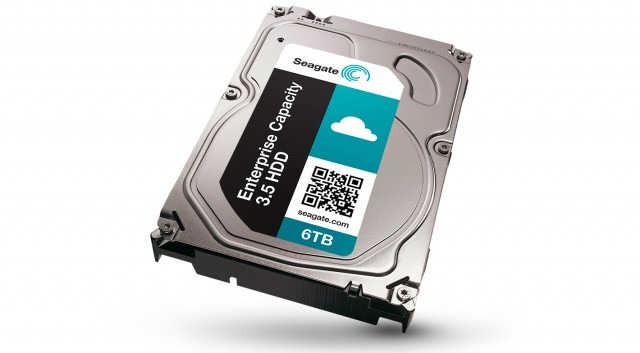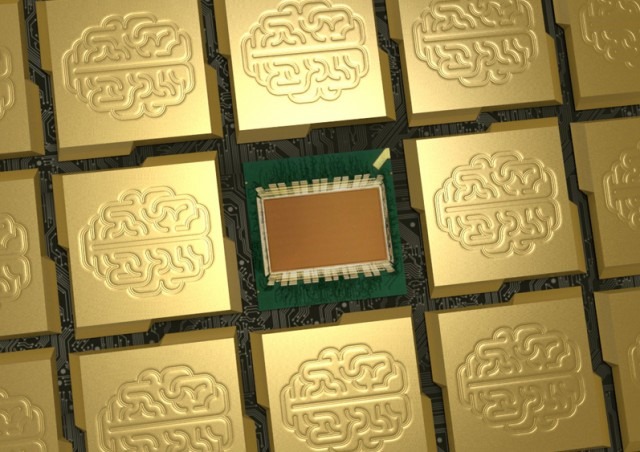Seagate has joined Western Digital’s previously exclusive 6TB hard drive club, with the enterprise-class 7,200 RPM ST6000NM0004. Priced at around $600 (similar to WD’s Ultrastar He6), Seagate’s new drive isn’t likely to find a home in your gaming rig or office workstation — but that’s not really the point of ultra-high-end hardware, anyway. No, the main reason you should be excited about Seagate’s 6TB drive is that the technology that makes such capacities possible will trickle down to mainstream drives, resulting in cheaper 4TB desktop drives, and hopefully the arrival of 2.5-inch 3TB laptop hard drives.
Late last year, Western Digital’s HGST (Hitachi) subsidiary announced that it had squeezed seven platters into a single 3.5-inch hard drive, for a total capacity of 6TB. This was only possible, apparently, because it had finally worked out how to commercialize hermetically sealed, helium-filled drives. Helium is thinner than air, meaning the platters meet less resistance, meaning they generate less heat and consume less power. Helium-filled hard drives, in my opinion, are one of the most important innovations in storage technology ever. For now, though, helium tech remains the exclusive reserve of the enterprise-class (high-price) Ultrastar He6 — the tech will trickle down eventually, but not yet.

A slide explaining the benefits of a helium-filled hard drive. The Seagate drive is not helium-filled, and so it probably consumes a lot more power than the WD Ultrastar He6.
Now, Seagate appears to have crammed 6TB into a single hard drive without resorting to extreme platter counts. Seagate hasn’t announced the exact number of platters, but we believe it has six (1TB per platter, which is in-line with its current, lower-capacity drives). What isn’t clear is how Seagate has suddenly managed to get six platters into a 3.5-inch enclosure. Presumably something else changed, but Seagate is keeping mum on the matter. Importantly, it appears that Seagate’s 6TB drive still uses conventional perpendicular magnetic recording (PMR), rather than its new shingled magnetic recording (SMR) that it said would be coming to market in 2014. This is a good thing, as SMR is reportedly slower than PMR for write operations. (Read: Who makes the most reliable hard drives?)
As the ST6000NM0004 (or “Seagate Enterprise Capacity 3.5 HDD v4″ to give its spoken name) is an enterprise drive, it has suitably enterprisey stats: It’s rated for always-on 24×7 operation, and up to 550 terabytes of data transferred per year (trust me, that’s a lot of data). The datasheet [PDF] says it has “best-in-class” read/write performance, and a whole slew of other fancy features, like AES-256 Self-Encrypting Drive tech, a humidity sensor, a 12Gbps SAS interface, and more.
As far as pricing and availability goes, we have no hard data from Seagate, other than it’s “currently shipping.” Some component websites already list the ST6000NM0004 at around $600, but they’re out of stock. The WD Ultrastar He6, despite being released a while ago, is actually very hard to find online (at the time of publishing, I couldn’t find it anywhere). As we alluded to at the start of the story, though, the pricing and availability of these monster drives isn’t really significant — much more important is the fact that Seagate and WD are continuing to increase the storage density of hard drives, which in turn will drive down the cost of consumer-grade 3- and 4TB drives. We have been waiting a long, long time for 2.5-inch 3TB drives, too — hopefully Seagate’s non-helium breakthrough means we’re almost there.
via http://www.extremetech.com/



